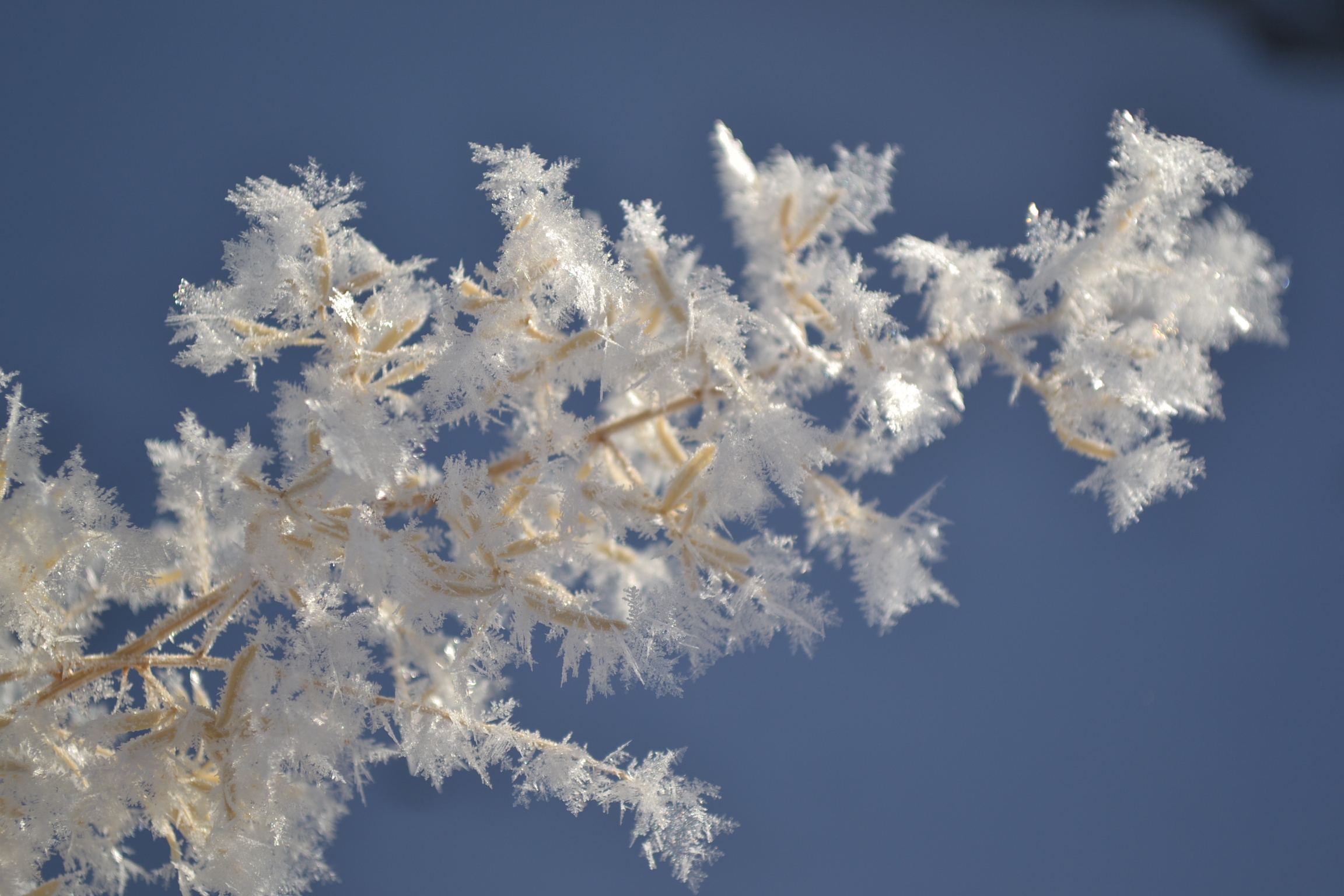There is definitely a snow shortage this year. Last year had one of the greatest snow shortage’s on record. When there is a snow shortage, that means there will be less moisture to work with in the spring. Snow cover that melts in the spring will slowly water plant material, helping break it out of hibernation. The snow shortage last winter definitely reduced the snow melt moisture this spring. Last years minimal snow fall followed by a lack of moisture in the summer took its toll on Iowa lawns and plants. We saw many un-irrigated lawns burning up quicker than normal, which led to a slower come back. The drought was farther reaching and more significant on shrubs and trees than it was on the lawns. Shrubs and trees that had been established for years were dying out in large numbers. If you drive around eastern Iowa you can notice quite a few arborvitae as well as other evergreens that succumbed to the drought. Since most of these plants were established, it is a safe bet that most of these plants contained an extensive root system. Even with roots far-reaching in the soil, the plants were still not able to keep hydrated because there was no significant deep moisture even when it rained. In some installations, it is not practical to water your established plant material. If we see another summer like last year, you can bet that more plant material will not make it through the year.
How snow shortage effects lawns.
The snow shortage can definitely have an impact on Iowa lawns this year. If there is not deep moisture in the soil, grass-roots will have less sources of water for absorption. If the sub soil is missing moisture, it will harden and increase the chances of run off. Run off will occur more frequently until the soil starts to absorb moisture again. The lack of snow can leave lasting effects. If the sub soil has been deprived of moisture for a long time, it will take longer for it to recover. Any rain fall will be beneficial to your lawn. The problem with short and heavy rain falls is that the water tends to run off the hard soil. The best solution for helping your lawn recover is long and moderate rain falls.


